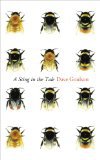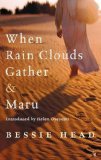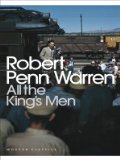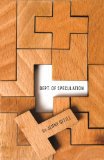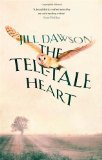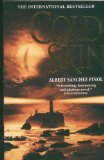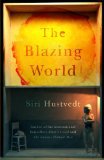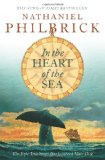I apologise for the unplanned blogging break – I’ve been ill for the last few weeks. Yesterday I was finally able to read, but I haven’t been able to do so for two weeks. This means I haven’t got any books to review, so my posts may be sporadic until I’m back to full health.
Despite these problems I still managed to read a nice range of books. My favourite was A Sting in the Tale by Dave Goulson. It is an important book that warns of the crisis facing bumblebees in the world today. I urge everyone to read it and hope that it inspires people to look after these wonderful creatures.
Book of the Month
Books Reviewed in April:
A Sting in the Tale by Dave Goulson 
The Giraffe’s Neck by Judith Schalansky 
From the Fatherland, With Love by Ryu Murakami 
When Rain Clouds Gather by Bessie Head 
Dept of Speculation by Jenny Offill 
Feeding the Ghosts by Fred D’Aguiar 
The Sound of One Hand Clapping by Richard Flanagan 
The Tell-Tale Heart by Jill Dawson 
Plans for April
I’m going to finish the last few books on the Desmond Elliott Longlist and then read a few books for Kim’s Australian and New Zealand Literature Month. There probably won’t be time for much else, but I may need to squeeze in a few lighter reads before I’m back up to the full health required to concentrate on anything too complex.
I hope you have a wonderful May!
